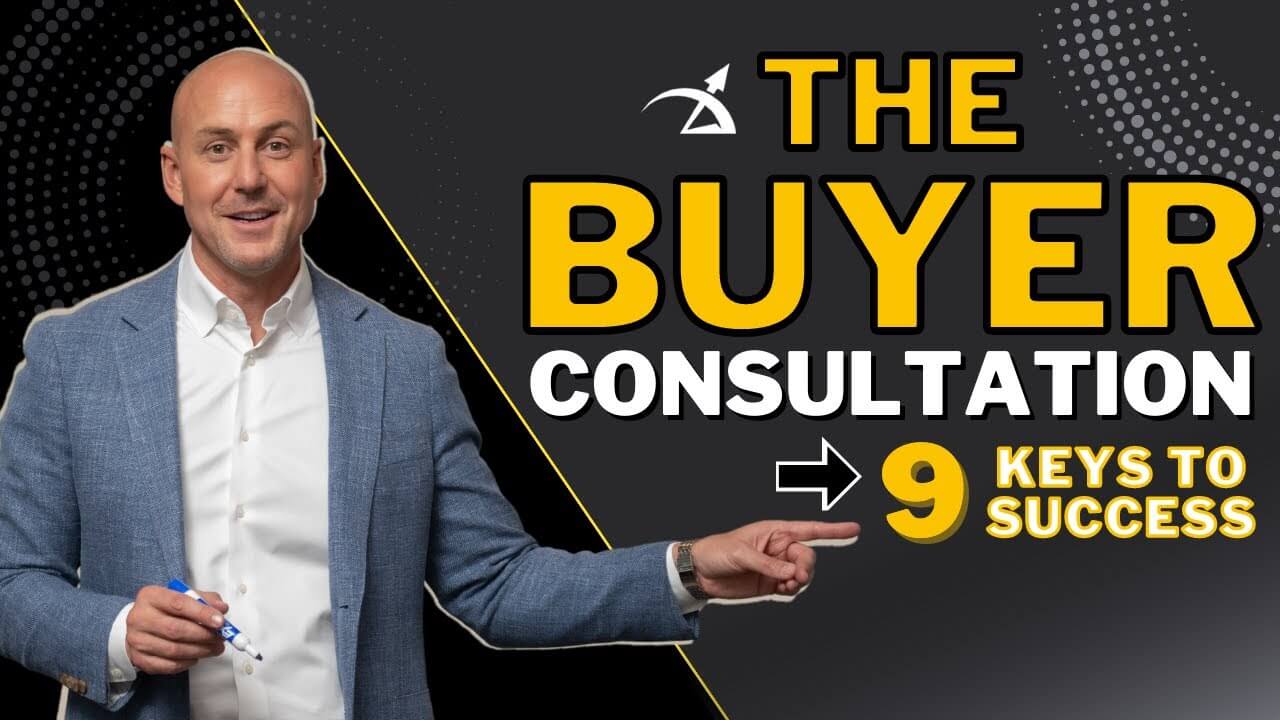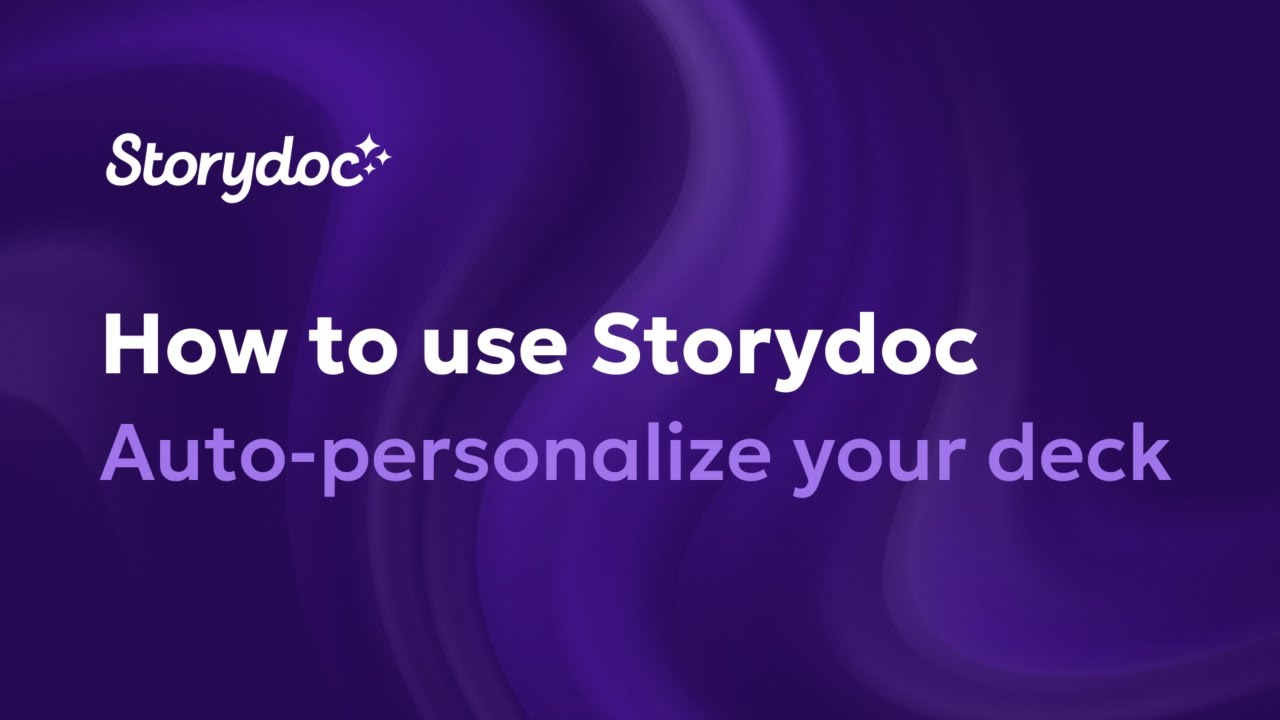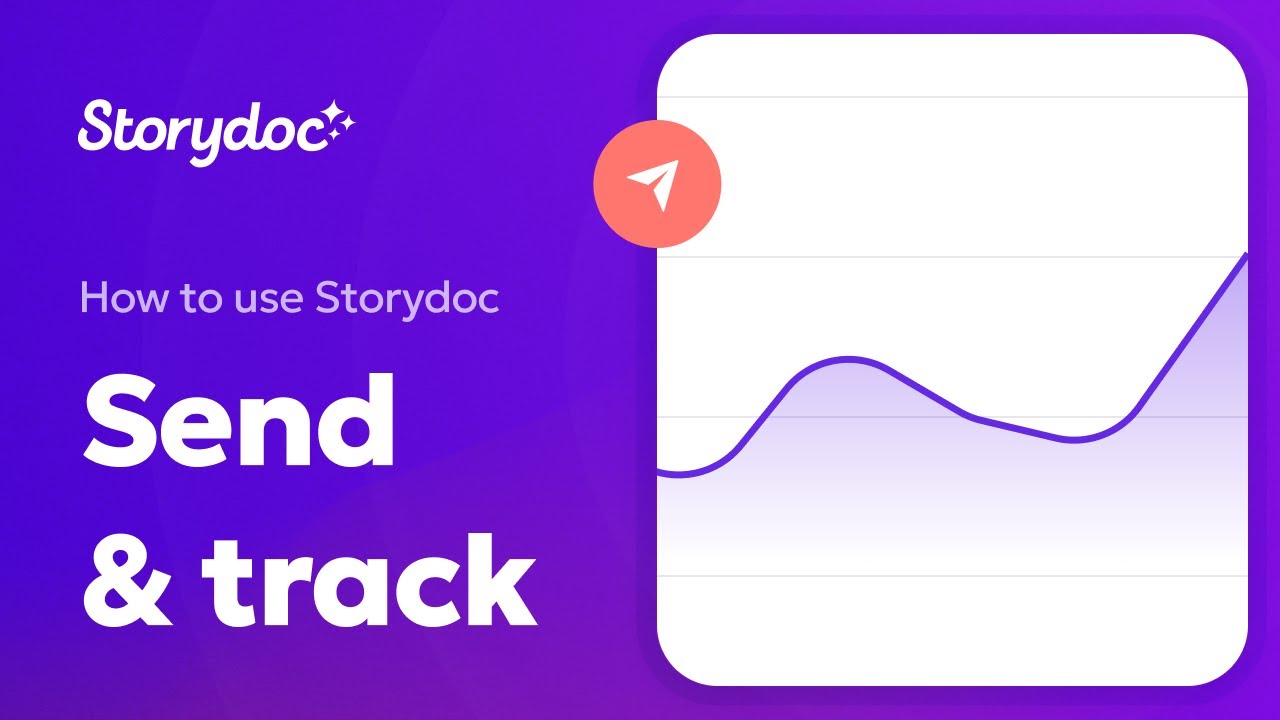6) Mention different financing options
Navigating the financial aspects can be daunting for buyers.
Provide a clear, simplified overview of the buying process, including down payments, closing costs, and ongoing expenses.
Offer insights into mortgage options such as equity release or lifetime mortgages, and if possible, introduce them to financial advisors who can tailor solutions to their needs using a mortgage calculator to estimate their financial outlook.
7) Include a sample buyer’s representation agreement
Wrapping up your presentation with a discussion about the buyer's representation agreement is a critical step to ensure both you and your buyers are on the same page.
Let's face it, the real estate world can be unpredictable, and without this agreement, there's a risk of dedicating countless hours to clients who might end up working with someone else, perhaps another agent or even a family member, at the last minute.
Present a sample agreement and guide them through essential sections, such as exclusive representation, your responsibilities as their agent, and how you're compensated.
Address common buyer objections:
This conversation is also the perfect moment to address common objections that might arise, especially during a first time home buyer presentation, a point highlighted by Darren Tunstall of Keller Williams Realty in his podcast.
The first objection you might encounter is about exclusivity: "Can I work with other agents?"
This question often comes up when clients are unsure about committing to one agent exclusively. It's a great opportunity to discuss the benefits of dedicated support and how it enhances their home buying experience.
The second common concern is about the duration of the agreement: "How long is this agreement for?"
Buyers may worry about being locked into a lengthy contract. This is your chance to explain the typical duration of these agreements and how they're designed to protect and benefit both parties during the home search process.
By addressing these objections head-on, you show your commitment to their best interests and set a solid foundation for your journey together in finding their dream home.
8) Personalize the presentation
When you’re putting together your digital presentation, really think about what your buyers are looking for.
Get to know their preferences and needs first. This lets you shape your presentation to spotlight properties and features that are right up their alley.
For instance, if they have kids, you might emphasize homes in family-friendly neighborhoods or those close to top-rated schools.
Or, if they work from home, you could focus on properties with dedicated office spaces or quiet environments.
And, by using dynamic variables to mention your clients by name, you can create a presentation that feels uniquely theirs.
This personalized touch shows that you're not just rolling out a standard presentation but are genuinely engaged in helping them find a home that's a perfect fit.
Here's a video on how to personalize using Storydoc:















